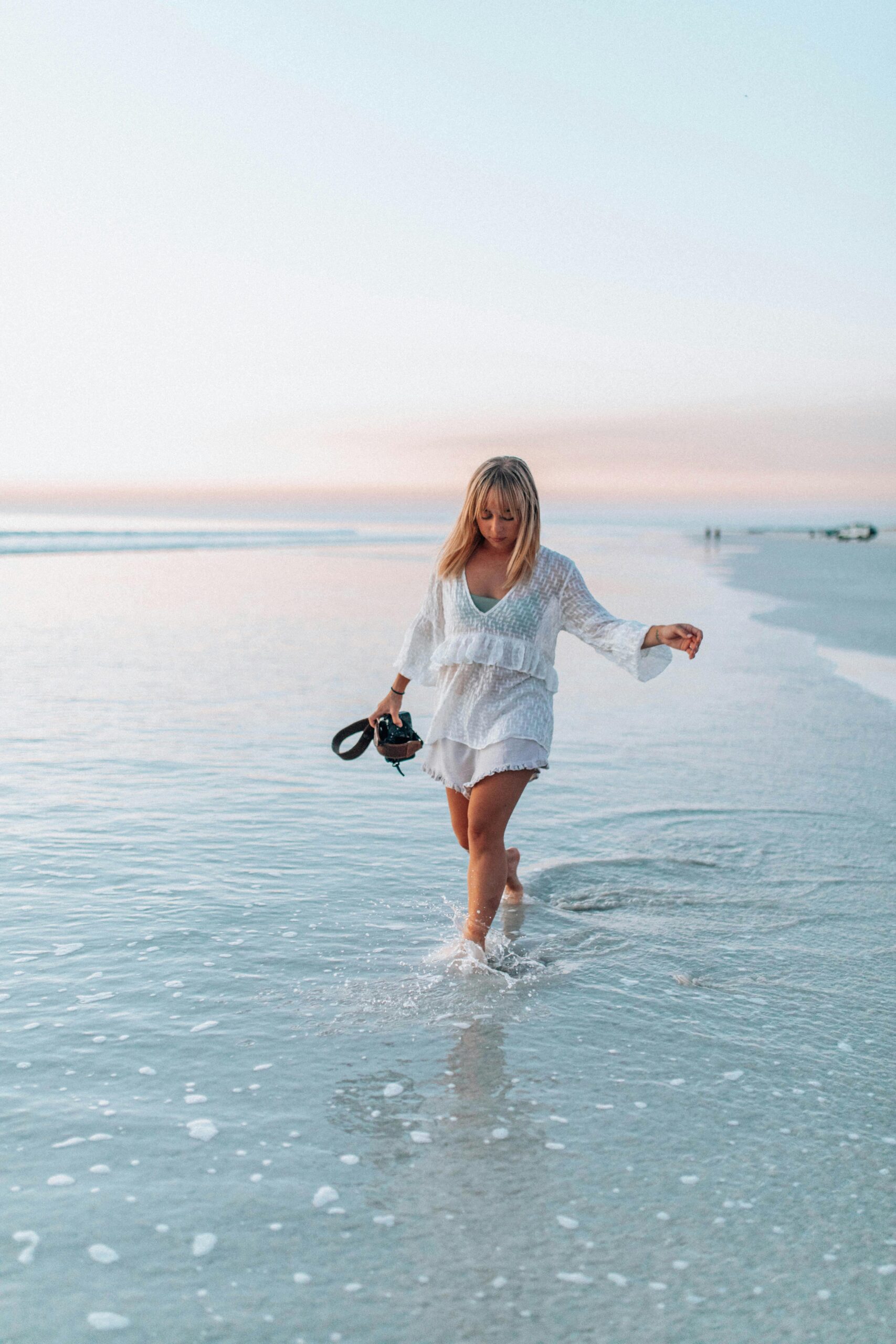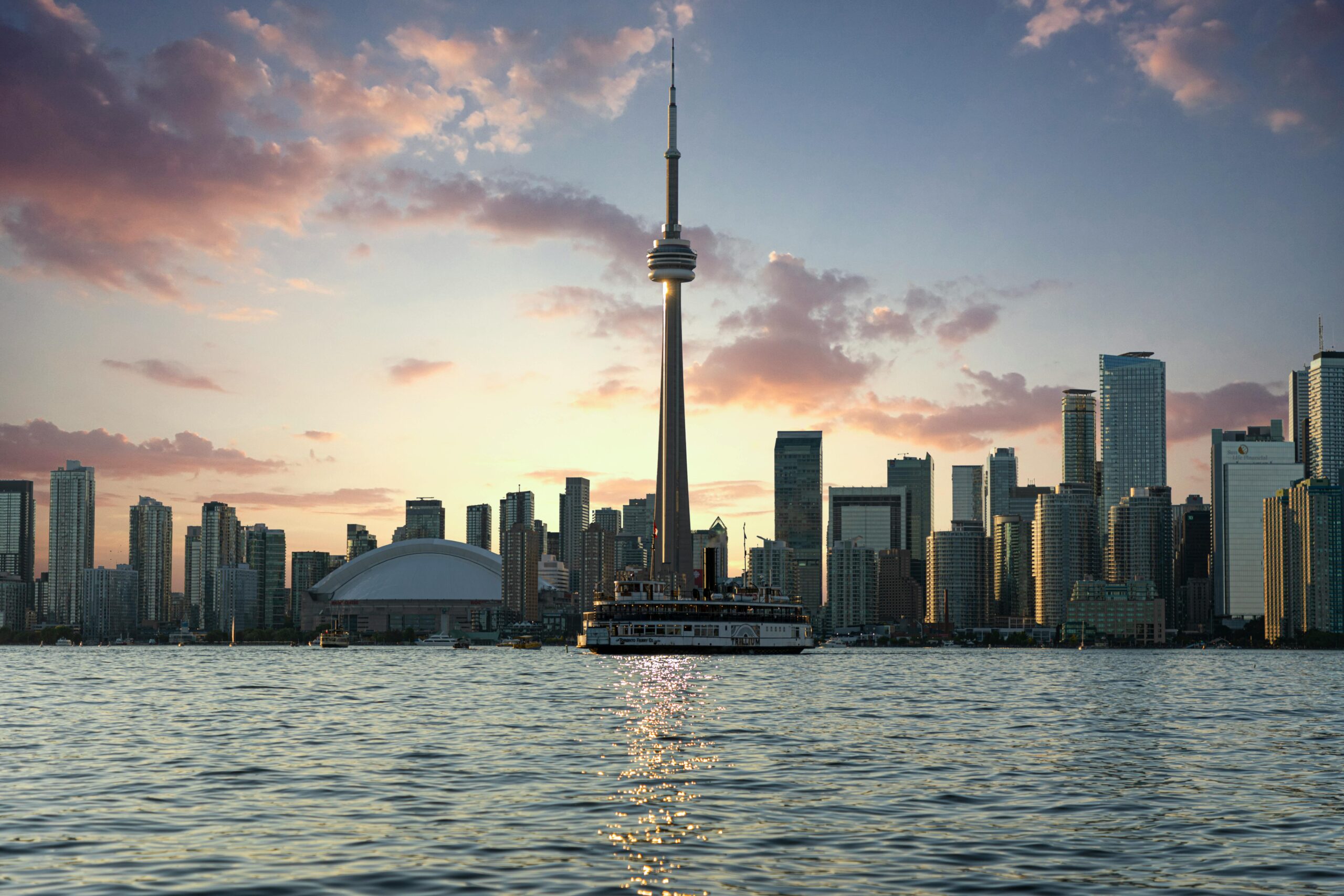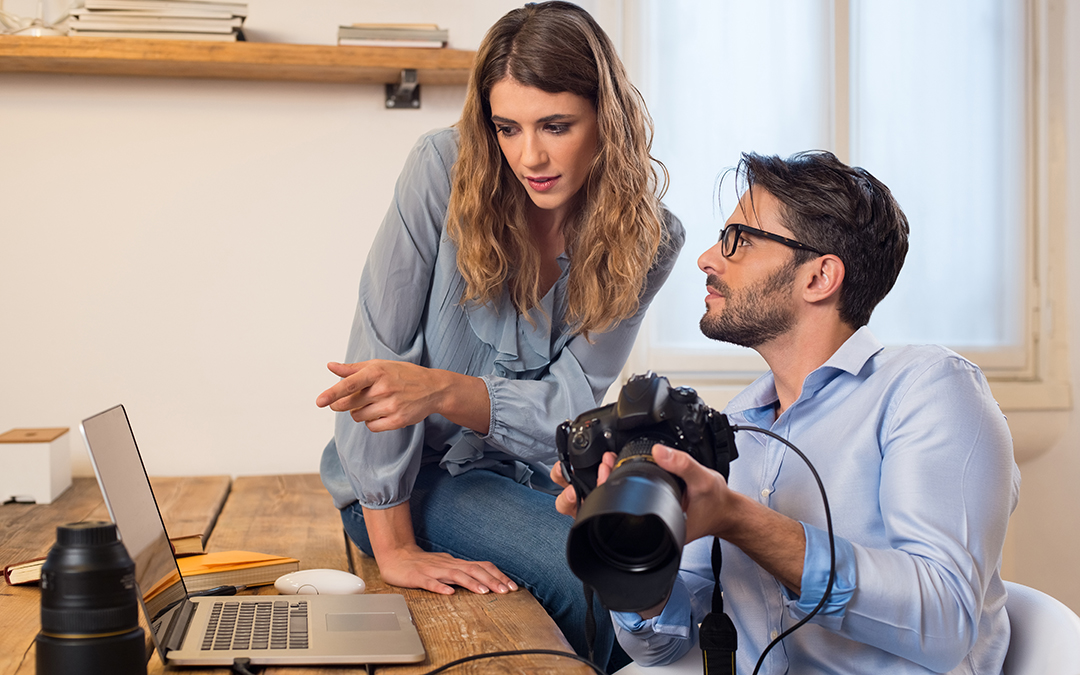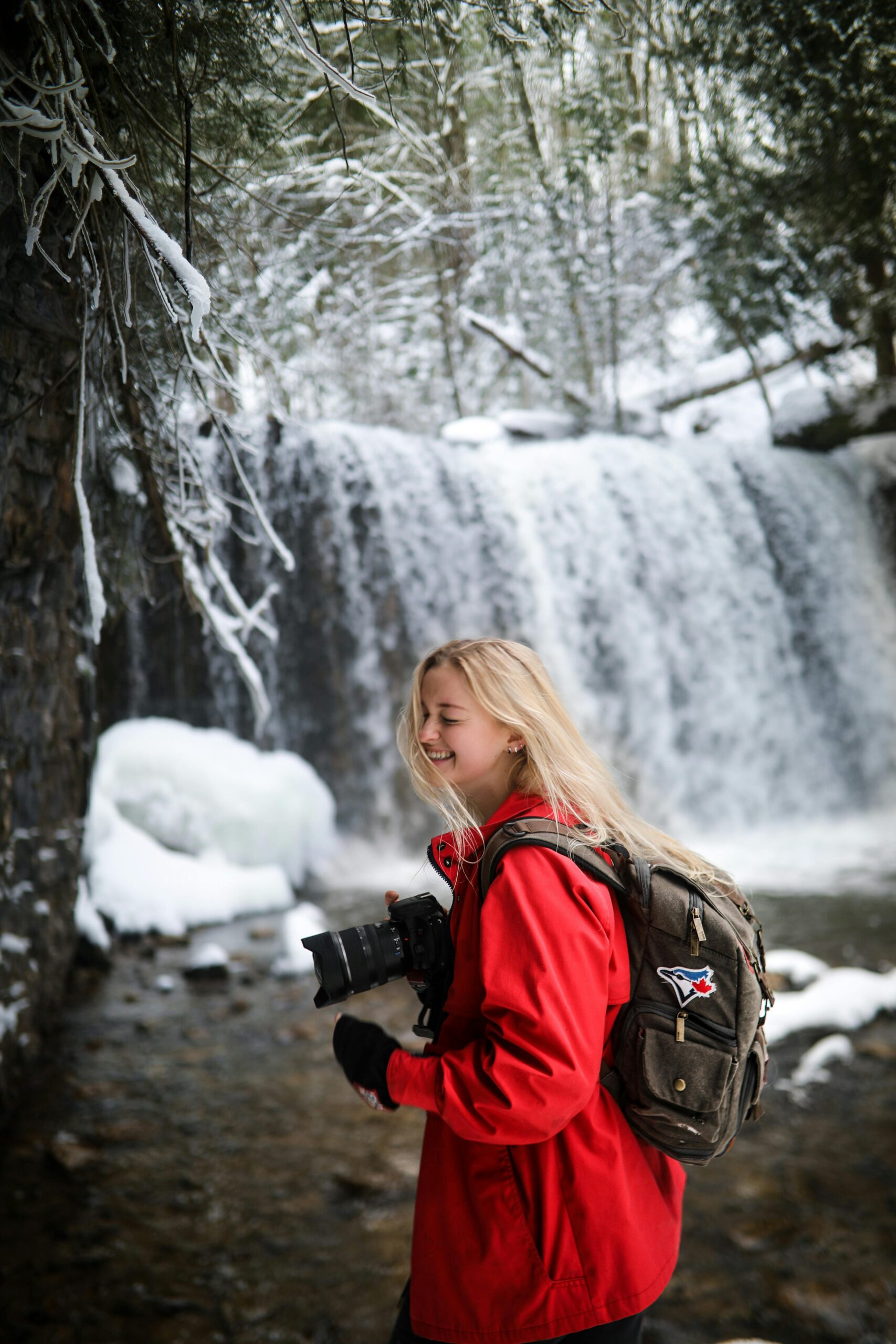While basic composition rules like the rule of thirds provide a solid foundation, professional photographers need advanced composition techniques to create truly compelling, memorable images that stand out in competitive markets. Advanced composition goes beyond simple placement rules to explore psychological principles, mathematical relationships, and visual dynamics that guide viewer attention and create emotional responses.
This comprehensive guide explores sophisticated composition techniques used by master photographers, covering dynamic symmetry, color psychology, gestalt principles, and advanced visual design concepts. Whether you’re creating corporate portraits, wedding photography, or fine art images, these techniques will elevate your work from technically competent to visually exceptional.

Beyond Basic Rules: Understanding Visual Psychology
Gestalt Principles in Photography Gestalt psychology explains how humans perceive and organize visual information:
Proximity Principle: Elements close together are perceived as related groups. In photography:
- Group portraits: Position family members to show relationships
- Product photography: Arrange related items together for coherent messaging
- Landscape composition: Use proximity to connect foreground elements with backgrounds
- Wedding photography: Group bridal party positioning to show hierarchy and relationships
Similarity Principle: Similar elements are grouped together mentally:
- Color relationships: Repeated colors create visual connections across the frame
- Shape repetition: Similar shapes reinforce compositional themes
- Texture patterns: Consistent textures unify diverse elements
- Lighting consistency: Similar lighting treatment connects separate subjects
Closure Principle: Viewers mentally complete incomplete shapes or patterns:
- Implied lines: Suggest movement or connection without explicit lines
- Partial framing: Let viewers complete the scene mentally
- Negative space: Use empty areas to suggest complete forms
- Environmental context: Partial elements suggest larger spaces or stories
Figure-Ground Relationship: The brain separates foreground subjects from background elements:
- Contrast enhancement: Increase separation between subject and background
- Selective focus: Use depth of field to emphasize figure-ground relationships
- Lighting control: Illuminate subjects differently from backgrounds
- Color differentiation: Use complementary colors to separate elements

Dynamic Symmetry and Mathematical Composition
Golden Ratio Applications The golden ratio (1:1.618) creates naturally pleasing compositions:
Golden Spiral:
- Landscape photography: Position horizons and key elements along spiral curves
- Portrait composition: Place eyes or facial features at spiral intersections
- Architecture: Align building elements with golden ratio proportions
- Still life: Arrange objects following spiral flow patterns
Golden Rectangle Division:
- Frame subdivision: Divide images using golden ratio proportions
- Crop optimization: Use golden rectangle principles for post-processing crops
- Element sizing: Size relationship between subjects and environmental elements
- Depth layers: Organize foreground, middle ground, background using golden proportions
Dynamic Symmetry Grid: More sophisticated than rule of thirds, dynamic symmetry uses diagonal lines:
- Diagonal placement: Align key elements along dynamic diagonals
- Reciprocal relationships: Use mathematical relationships between frame elements
- Eye flow control: Guide viewer attention through calculated placement
- Energy creation: Dynamic symmetry creates more visual tension than static grids
Fibonacci Sequence in Composition: Natural patterns following Fibonacci numbers (1,1,2,3,5,8,13…):
- Natural subjects: Flowers, shells, tree branches follow Fibonacci patterns
- Grouping elements: Arrange objects in Fibonacci number groups
- Scale relationships: Size elements using Fibonacci proportions
- Spiral compositions: Use Fibonacci spirals for natural-feeling arrangements
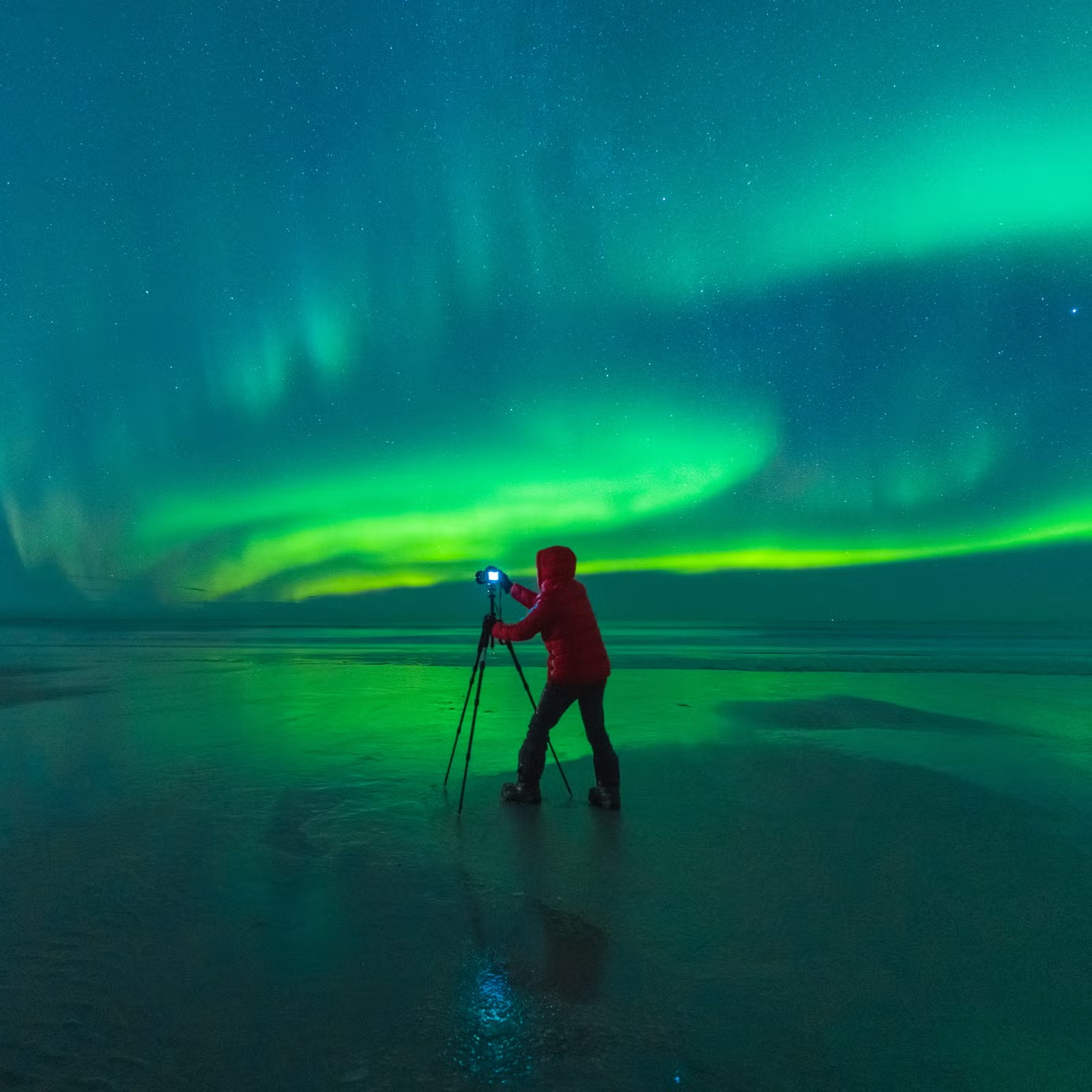
Advanced Color Theory Applications
Color Psychology in Professional Photography Colors evoke emotional and psychological responses:
Warm Color Palettes:
- Reds: Passion, energy, urgency, love (wedding photography)
- Oranges: Enthusiasm, creativity, warmth (family portraits)
- Yellows: Happiness, optimism, attention (children’s photography)
- Applications: Corporate branding, lifestyle photography, emotional storytelling
Cool Color Palettes:
- Blues: Trust, professionalism, calm (corporate photography)
- Greens: Nature, growth, harmony (environmental portraits)
- Purples: Luxury, creativity, mystery (fashion photography)
- Applications: Medical photography, technology branding, spa/wellness imagery
Advanced Color Relationships: Complementary colors: Opposite colors create maximum contrast and visual impact Analogous colors: Adjacent colors create harmony and smooth transitions Triadic colors: Three equally spaced colors provide vibrant yet balanced palettes Split-complementary: Base color plus two colors adjacent to its complement
Color Temperature Management:
- Mixed lighting: Balance different light sources for consistent color temperature
- Emotional temperature: Warm light for intimate moods, cool light for professional atmospheres
- Time of day: Golden hour warmth vs. blue hour coolness for different emotional impacts
- Post-processing: Color grading to enhance emotional storytelling
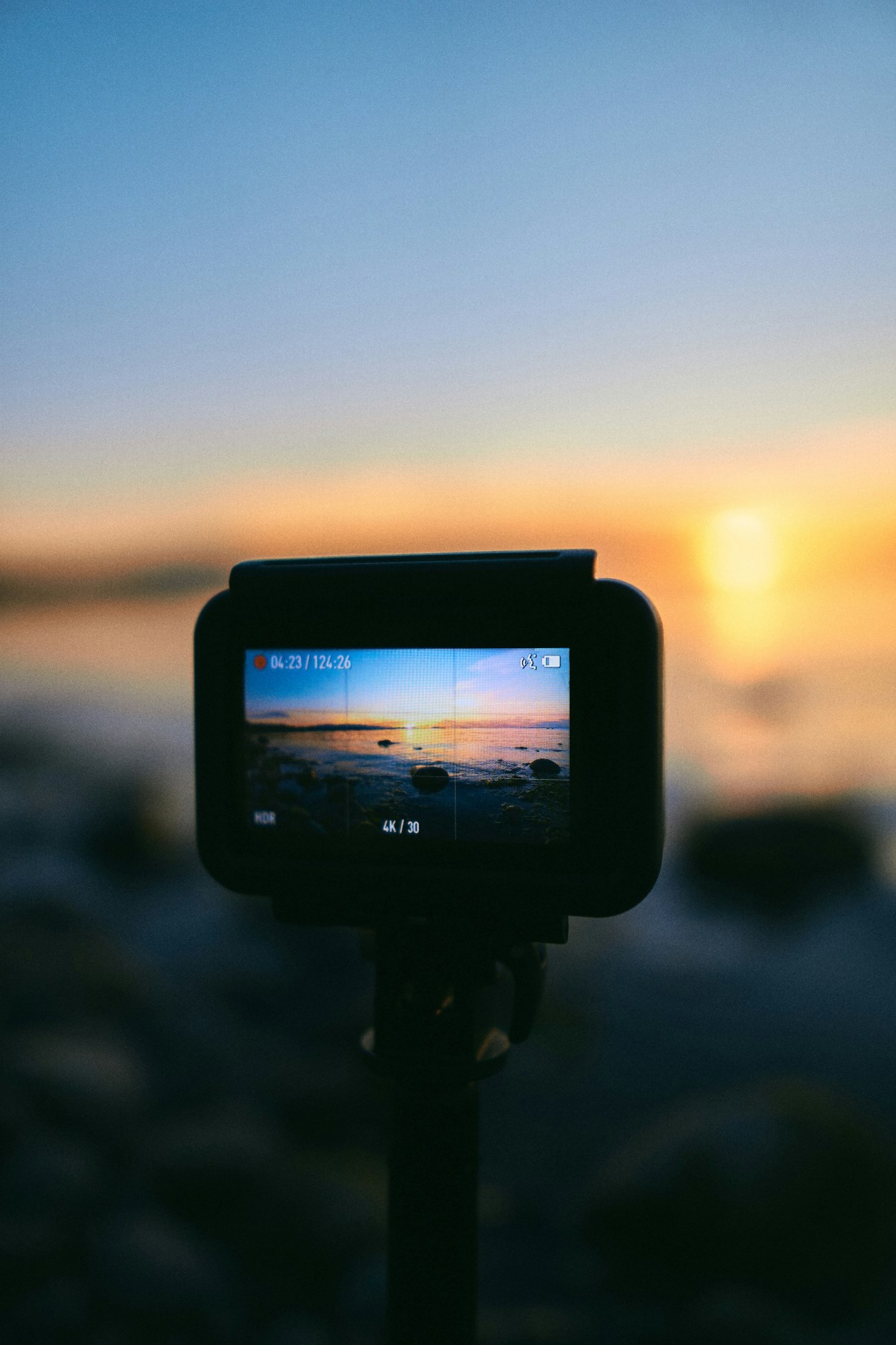
Advanced Lighting and Composition Integration
Lighting as Compositional Element Light direction, quality, and color become compositional tools:
Directional Lighting Effects:
- Front lighting: Even illumination, reduces texture, minimizes dimension
- Side lighting: Enhances texture, creates dimension, reveals form through shadows
- Back lighting: Creates separation, mood, rim lighting effects
- Top lighting: Natural outdoor feel, can create unflattering shadows for portraits
Light Quality and Composition:
- Hard light: Creates strong shadows, dramatic contrast, defined edges
- Soft light: Gentle transitions, flattering for portraits, reduces texture
- Directional soft light: Combines flattering quality with dimensional modeling
- Mixed quality: Combine hard and soft light for complex, interesting illumination
Shadow as Compositional Element:
- Leading shadows: Use shadows to guide viewer attention through the frame
- Pattern creation: Shadows create interesting patterns and textures
- Depth indication: Shadows provide depth cues in two-dimensional images
- Emotional impact: Shadow placement affects mood and psychological response
Environmental Light Integration:
- Window light direction: Use window placement for natural portrait lighting
- Architectural elements: Use buildings to modify natural light quality
- Landscape features: Mountains, trees, clouds as natural light modifiers
- Urban environments: Street lights, neon signs, architectural lighting

Advanced Perspective and Viewpoint Techniques
Camera Position Psychology Camera height and angle affect viewer perception and emotional response:
High Angles (Looking Down):
- Psychological effect: Makes subjects appear smaller, more vulnerable
- Applications: Children’s photography, intimate moments, environmental context
- Technical considerations: Avoid unflattering angles for adult portraits
- Creative uses: Pattern emphasis, landscape overview, architectural details
Low Angles (Looking Up):
- Psychological effect: Makes subjects appear larger, more powerful, heroic
- Applications: Corporate photography, architectural photography, dramatic portraits
- Technical challenges: Avoid unflattering under-chin angles
- Environmental benefits: Cleaner backgrounds, sky replacement opportunities
Eye-Level Positioning:
- Psychological effect: Equal relationship, natural perspective, comfortable viewing
- Applications: Standard portraits, documentary photography, journalistic work
- Variations: Slight adjustments above or below eye level for subtle effects
- Connection enhancement: Creates natural viewer-subject relationship
Dutch Angles and Tilted Horizons:
- Dynamic tension: Creates energy, movement, unease
- Applications: Creative portraits, artistic images, conveying motion
- Restraint necessity: Overuse appears amateurish or gimmicky
- Technical execution: Intentional, controlled tilting vs. accidental camera lean
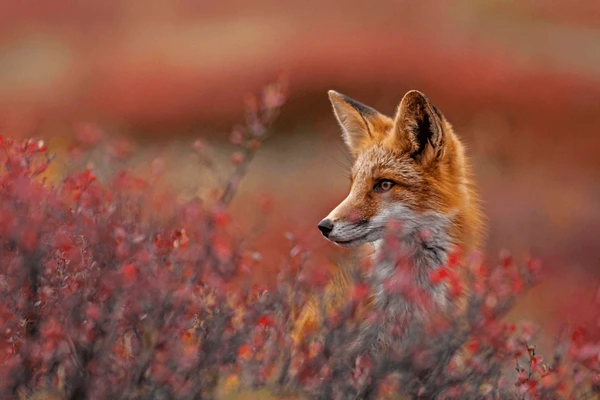
Depth and Dimension Creation
Advanced Depth Techniques Creating three-dimensional feeling in two-dimensional images:
Overlapping Elements:
- Layered composition: Arrange subjects at different distances for depth
- Foreground integration: Use foreground elements to frame background subjects
- Transparency effects: Semi-transparent foreground elements add depth without blocking
- Scale indication: Size differences indicate distance relationships
Atmospheric Perspective:
- Color shifts: Distant objects appear cooler, less saturated
- Contrast reduction: Far elements have less contrast than near elements
- Sharpness variation: Focus falloff indicates distance naturally
- Haze utilization: Atmospheric haze enhances depth perception
Linear Perspective Integration:
- Converging lines: Use architectural elements, roads, fences for depth
- Vanishing points: Control where lines converge for compositional impact
- Multiple perspectives: Complex scenes may have multiple vanishing points
- Forced perspective: Manipulate size relationships for creative effects
Focus Control for Depth:
- Selective focus: Use depth of field to isolate subjects by focus plane
- Focus stacking: Combine multiple focus points for extended sharpness
- Bokeh quality: Background blur characteristics affect depth perception
- Focus transition: How quickly focus changes affects depth sensation
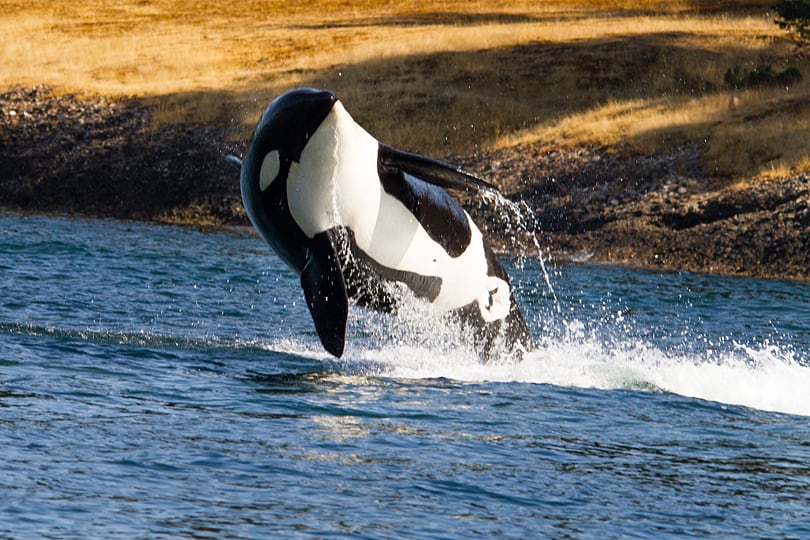
Movement and Dynamic Composition
Implying Motion in Still Images Create sense of movement and energy:
Leading Lines and Movement:
- Dynamic diagonals: Diagonal lines suggest more movement than horizontal/vertical
- S-curves: Gentle curves guide eye movement through composition
- Implied movement: Subject positioning suggests direction and motion
- Gesture capture: Body language and expressions imply movement
Temporal Composition Techniques:
- Decisive moment: Capture peak action or expression
- Anticipation: Show moments before or after action peaks
- Sequence suggestion: Single frame implying longer narrative
- Frozen motion: Stop action at visually interesting moments
Energy and Tension Creation:
- Unresolved compositions: Create visual tension through incomplete elements
- Competing elements: Balance multiple strong compositional elements
- Edge placement: Position subjects near frame edges for tension
- Scale relationships: Unusual size relationships create visual energy

Environmental and Contextual Composition
Location Integration Techniques Use environment as compositional partner:
Architectural Elements:
- Frame within frame: Use doorways, windows, arches as natural frames
- Leading lines: Architectural elements guide attention to subjects
- Pattern integration: Incorporate architectural patterns into compositions
- Scale relationships: Use architecture to establish subject scale
Natural Environment Composition:
- Seasonal elements: Integrate seasonal characteristics into compositions
- Weather utilization: Use weather conditions as compositional elements
- Natural frames: Trees, rocks, natural formations as framing devices
- Light interaction: How subjects interact with natural lighting
Cultural and Social Context:
- Environmental storytelling: Location helps tell subject’s story
- Cultural elements: Integrate culturally relevant environmental details
- Social spaces: Use social environments to enhance portrait context
- Professional environments: Workspace integration for corporate photography
Advanced Post-Processing Composition
Digital Composition Enhancement Use post-processing to refine compositional elements:
Crop Optimization:
- Golden ratio crops: Refine compositions using mathematical proportions
- Aspect ratio selection: Choose ratios that enhance compositional strength
- Subject isolation: Crop to emphasize compositional relationships
- Negative space adjustment: Balance positive and negative space through cropping
Color Grading for Composition:
- Attention direction: Use color to guide viewer attention
- Mood enhancement: Color choices reinforce compositional mood
- Unity creation: Color grading unifies compositionally diverse elements
- Contrast enhancement: Increase separation between compositional elements
Lighting Adjustment:
- Selective lighting: Enhance natural lighting patterns digitally
- Shadow/highlight control: Refine existing lighting for better composition
- Local adjustments: Fine-tune lighting in specific compositional areas
- Atmosphere enhancement: Strengthen atmospheric perspective through processing
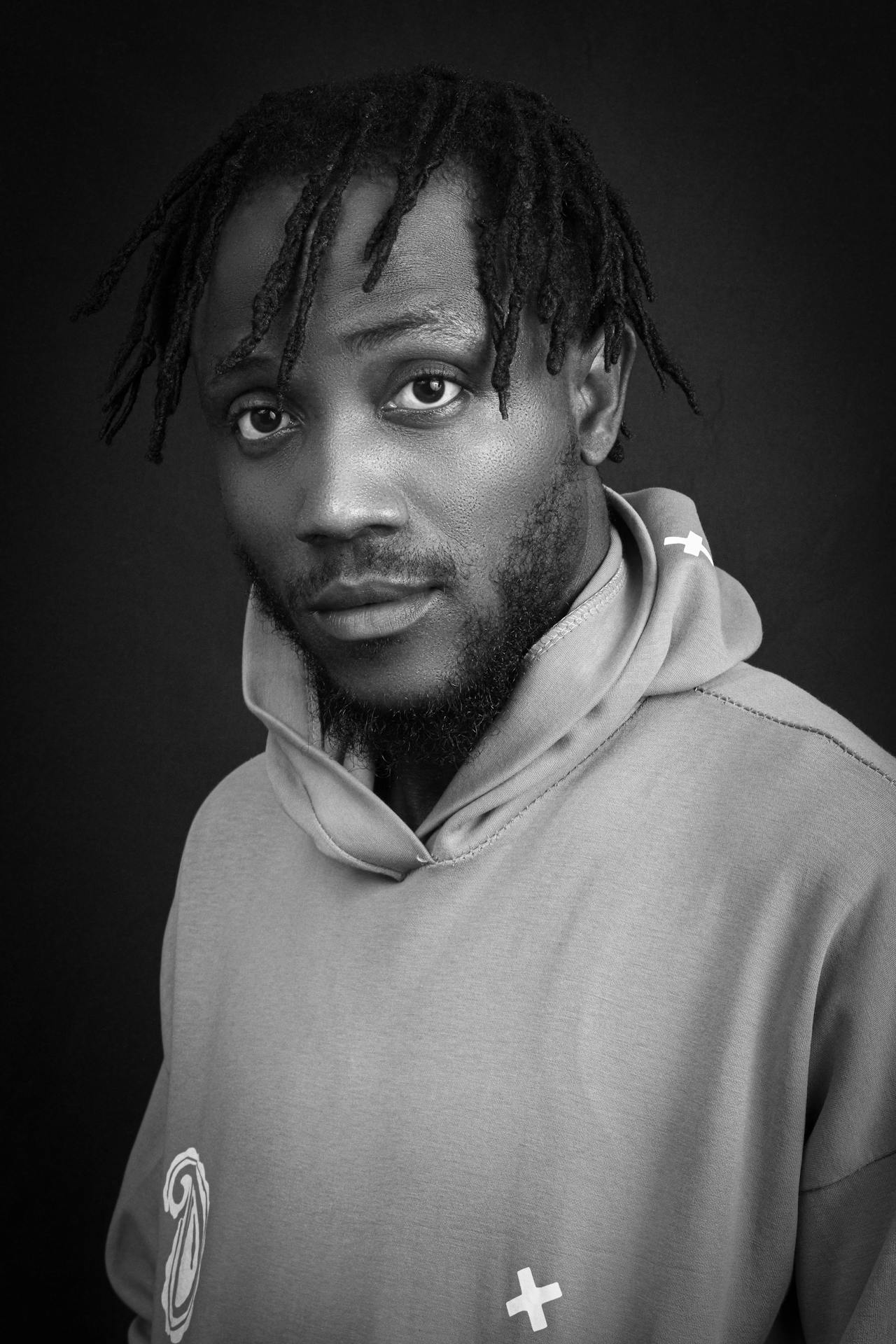
Genre-Specific Advanced Composition
Portrait Photography Composition Advanced techniques for compelling portraits:
Psychological Positioning:
- Eye placement: Position eyes according to golden ratio or dynamic symmetry
- Body angle relationships: Angle body and face for optimal psychological impact
- Hand positioning: Use hands as compositional elements, not afterthoughts
- Expression timing: Capture expressions that enhance compositional goals
Environmental Portrait Integration:
- Subject-environment balance: Balance subject prominence with environmental context
- Professional context: Use workplace environments to enhance professional portraits
- Personal space: Integrate personal elements that enhance subject’s story
- Scale relationships: Position subjects appropriately within environmental context
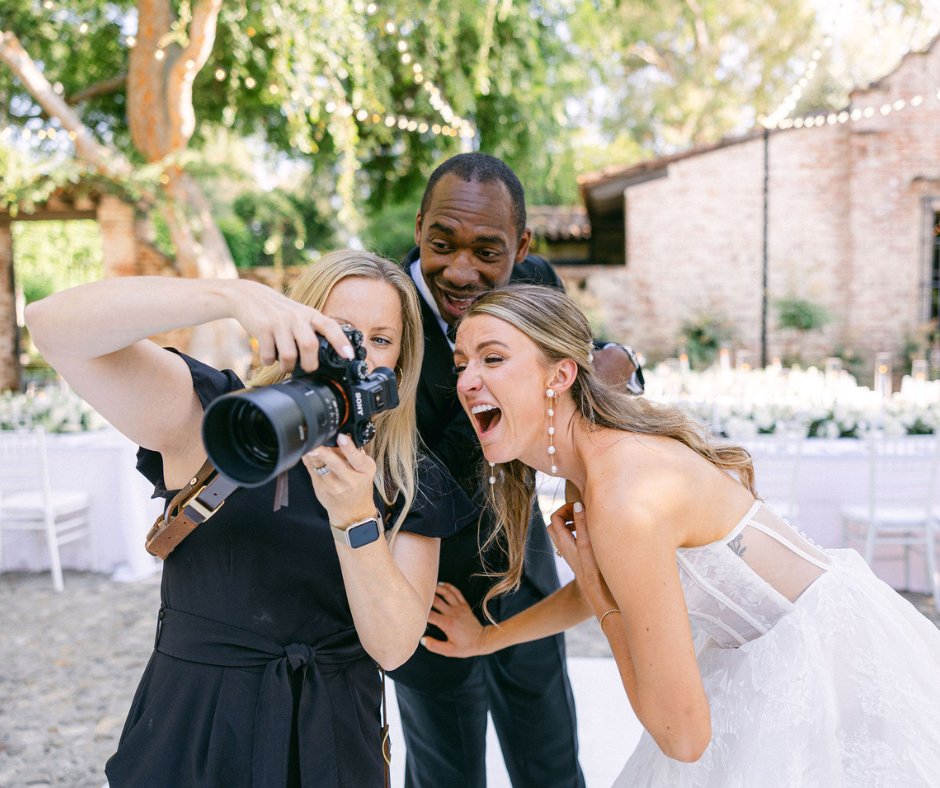
Wedding Photography Composition Specific techniques for wedding photography:
Emotional Composition:
- Moment anticipation: Position for optimal emotional moment capture
- Relationship visualization: Show connections between people through positioning
- Story progression: Compose individual images as part of larger narrative
- Cultural sensitivity: Respect cultural composition traditions and expectations
Group Composition Strategies:
- Hierarchy establishment: Position people according to family/social relationships
- Dynamic grouping: Avoid static, lineup arrangements
- Depth integration: Use multiple depth planes for large group interest
- Individual prominence: Ensure each person is compositionally visible
Commercial Photography Composition Advanced techniques for commercial work:
Product Integration:
- Lifestyle context: Integrate products naturally into lifestyle scenarios
- Brand consistency: Maintain compositional style consistent with brand identity
- Message reinforcement: Use composition to reinforce marketing messages
- Target audience: Compose images that resonate with specific demographics
Corporate Photography:
- Professional authority: Compose to convey competence and trustworthiness
- Brand alignment: Ensure compositions support corporate brand identity
- Environmental integration: Use corporate environments as compositional partners
- Consistency requirements: Maintain compositional consistency across corporate image series
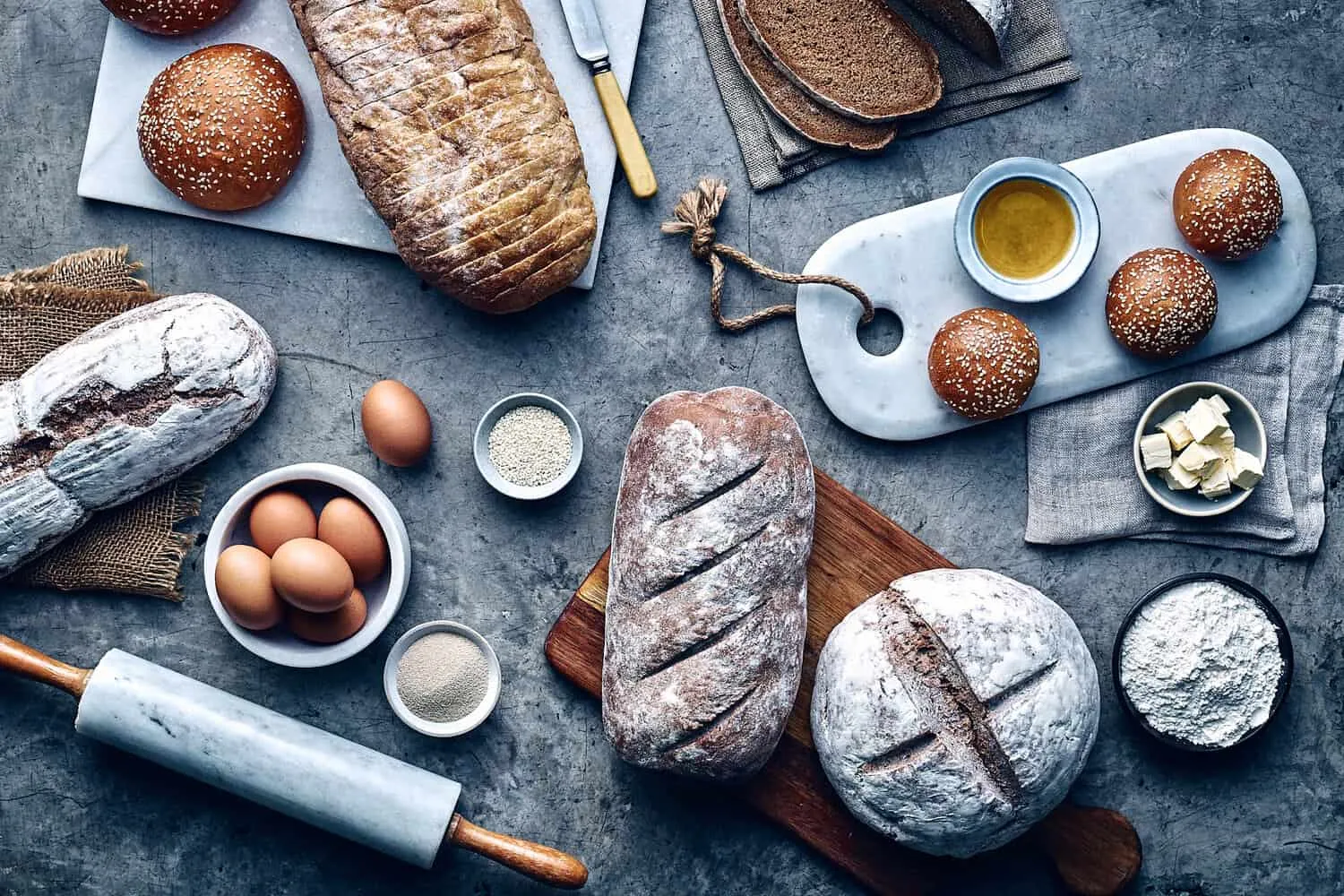
Developing Personal Compositional Style
Style Evolution Process Develop distinctive compositional approach:
Influence Study:
- Master photographer analysis: Study compositional techniques of renowned photographers
- Style deconstruction: Analyze what makes certain compositional styles distinctive
- Cross-discipline learning: Study composition in painting, film, graphic design
- Personal preference identification: Identify compositional elements that resonate personally
Experimentation Framework:
- Systematic testing: Try different compositional approaches systematically
- Documentation process: Record what works and what doesn’t in various situations
- Client feedback: Understand how different compositions affect client response
- Continuous refinement: Evolve style based on experience and feedback
Consistency Development:
- Signature elements: Develop recognizable compositional characteristics
- Flexible application: Adapt style to different subjects and situations
- Evolution allowance: Let style evolve naturally over time
- Client education: Help clients understand and appreciate your compositional approach
Conclusion
Advanced composition techniques transform photography from documentation to art, creating images that not only capture moments but communicate emotions, tell stories, and create lasting visual impact. These techniques require practice, experimentation, and thoughtful application to specific photographic situations.
Remember that advanced composition is not about following rules rigidly, but understanding principles deeply enough to apply them creatively and break them intentionally. The goal is developing compositional intuition that allows you to make split-second decisions that enhance your artistic vision and communication goals.
Study the masters, experiment with different techniques, and gradually incorporate advanced concepts into your personal style. Most importantly, use these techniques to serve your artistic vision and client needs, not as ends in themselves.
Advanced composition separates professional photographers from casual picture-takers, enabling you to create images that command attention, communicate effectively, and justify professional pricing. Invest time in mastering these concepts, and watch your photography transform from technically competent to visually compelling and professionally distinctive.
The journey to compositional mastery is ongoing – continue learning, experimenting, and refining your approach throughout your photographic career. Each new technique mastered expands your creative toolkit and enables more sophisticated visual communication with your audience.

